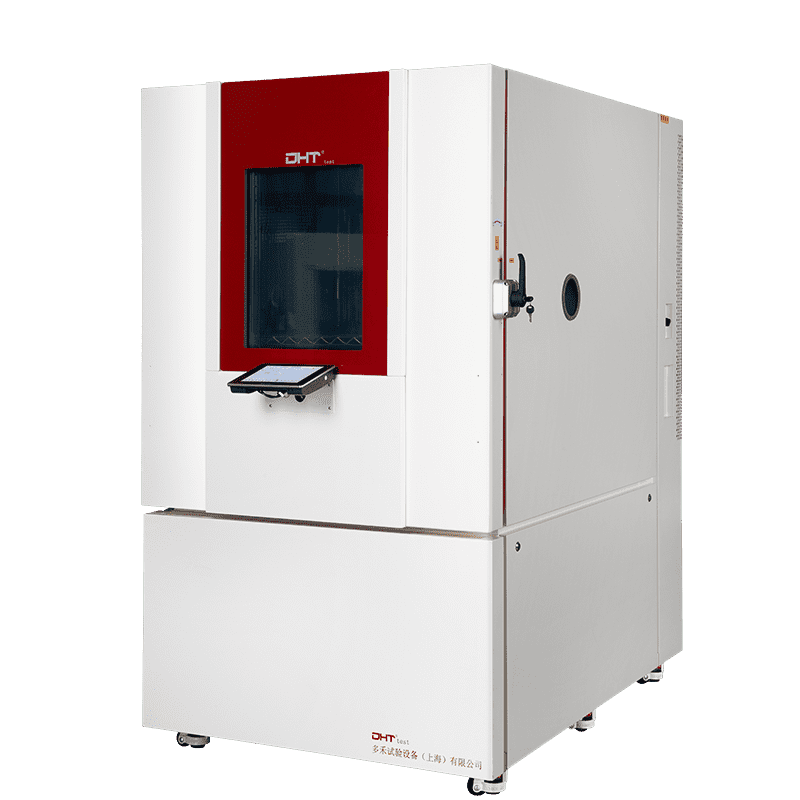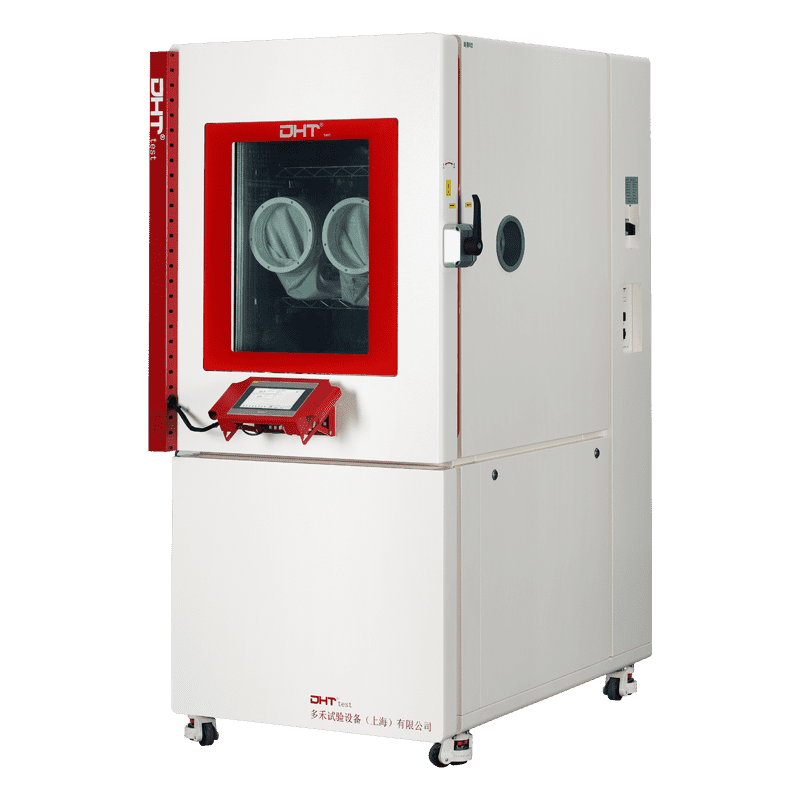Written by RobinSenior Engineer, Doaho Test (DHT®)Recent studies have shown that under high-temperature conditions (60°C), the content of certain drugs may drop to 92.3% after six months, with related substances increasing to 1.2%. Under strong light exposure (4500 lux), drugs packaged in polyethylene bottles may see their content reduced to 90.8%, while related substances can rise to as high as 1.5%.These precise data are derived from modern pharmaceutical stability testing. As one of the key methods for evaluating drug quality, stability testing scientifically simulates various environmental conditions to predict how a drug will behave over time and under different circumstances. It provides a scientific basis for determining production, packaging, storage, transportation, and shelf life. A single set of accurate stability data can safeguard the medication safety of millions of patients. In the pharmaceutical industry, drug quality and safety are of paramount importance.
Basic Concept and Purpose of Stability Testing
Drug stability refers to the ability of an active pharmaceutical ingredient (API) or finished dosage form to maintain its physical, chemical, biological, and microbiological properties. The purpose of stability testing is to evaluate how a drug changes over time when subjected to environmental factors such as temperature, humidity, and light, thereby identifying and predicting its stability profile.Through stability testing, pharmaceutical companies can establish a scientific foundation for determining production, packaging, storage, transportation conditions, and shelf life, ultimately ensuring the safety and efficacy of clinical use.Stability testing typically consists of three main types: stress testing, accelerated testing, and long-term testing—each serving distinct objectives and application scenarios.
Major Types and Applications of Stability Testing
Stability testing can be classified according to its objectives, environmental conditions, and duration. The main types include:
- Long-term Stability Testing
- Purpose: To evaluate product quality under normal storage conditions over an extended period.
- Conditions: Commonly performed at 25°C ±2°C / 60%RH ±5%, with some regions requiring 30°C ±2°C / 65%RH ±5%.
- Application: Determines product shelf life and recommended storage conditions.
- Accelerated Stability Testing
- Purpose: To accelerate product degradation under higher temperature and humidity conditions in order to predict long-term stability.
- Conditions: Commonly 40°C ±2°C / 75%RH ±5%.
- Application: Supports shelf-life estimation, especially critical for new drug applications and regulatory submissions.
- Intermediate Stability Testing
- Purpose: To supplement long-term and accelerated studies, particularly when accelerated results show significant change.
- Conditions: Typically 30°C ±2°C / 65%RH ±5%.
- Application: Validates stability trends under intermediate conditions.
- Photostability Testing
- Purpose: To evaluate the stability of drugs or packaging under light exposure.
- Conditions: Involves visible and ultraviolet light in accordance with ICH Q1B guidelines.
- Application: Determines whether a drug requires light-protective storage and identifies suitable packaging materials.
- Stress Testing (Special Stability Testing)
- Purpose: To investigate degradation pathways and potential risks under extreme conditions.
- Conditions: May include high temperature, high humidity, strong light, or freezing environments.
- Application: Supports formulation design and packaging selection, while helping identify major degradation products.
Stability Testing in Drug Development
During early drug development, stability testing provides critical insights. Stress studies help researchers understand inherent stability characteristics, identify degradation pathways, and select appropriate formulations and processes.In formulation development, stability data guide the selection of packaging materials and containers. Initial choices are made based on stress study results, then further validated with accelerated and long-term studies.Moreover, stability data form a core component of regulatory submissions. Drug regulatory authorities require comprehensive stability data to demonstrate that a product will remain within specification throughout its proposed shelf life under intended storage conditions.
Stability Testing in Manufacturing
Stability testing also plays a vital role in pharmaceutical manufacturing as part of ongoing quality assurance. Continuous stability studies allow manufacturers to monitor product quality throughout its shelf life, ensuring it remains compliant with specifications under labeled storage conditions.Post-marketing stability testing helps identify any potential issues with marketed products, such as changes in impurity levels or dissolution characteristics. This monitoring is critical to maintaining product quality consistency across the entire lifecycle.When manufacturing processes undergo changes, stability testing is an essential tool for assessing the impact on product quality. By comparing pre- and post-change stability data, manufacturers can evaluate the reasonableness of process modifications.
Stability Testing and Packaging Decisions
Packaging choices are heavily influenced by stability testing outcomes. Stress tests for sensitivity to light, moisture, and heat provide the scientific basis for selecting appropriate packaging materials.For example, high-humidity studies help confirm the barrier performance of packaging. If a drug is hygroscopic and degrades easily in humid environments, high-barrier packaging materials must be selected.For light-sensitive drugs, photostability results are decisive in determining the need for opaque or light-resistant containers.Ultimately, packaging decisions must integrate results from accelerated and long-term studies to ensure the selected packaging can protect the drug throughout its shelf life.
Stability Testing and Shelf-life Determination
Shelf-life determination primarily relies on long-term stability study data. By comparing long-term results of at least three batches under near-market storage conditions with initial data, manufacturers can establish a scientifically justified shelf life.Due to variability in test data, shelf-life determination generally requires statistical analysis at a 95% confidence interval. If batch results show minor differences, the average can be used; if differences are significant, the shortest shelf life is taken.For drugs showing minimal changes in stability, statistical analysis may not be necessary. For temperature-sensitive drugs, long-term studies must be conducted at 6°C ±2°C, and labeling must specify storage at controlled cold conditions rather than using vague terms like “room temperature.”Accelerated study data can serve as supportive evidence, particularly during early development, but the final shelf life must always be based on long-term study results.
How DHT® Supports the Future of the Pharmaceutical Industry
Looking ahead, DHT® fully understands the evolving expectations and challenges of stability testing in the pharmaceutical sector. With decades of expertise in environmental testing equipment, DHT® has developed its Pharmaceutical Stability Test Chambers to be a trusted solution for the industry.These chambers offer high-precision temperature and humidity control, ensuring consistent and repeatable test conditions. They comply with ICH Q1A, GMP, and FDA 21 CFR Part 11 regulatory requirements, providing pharmaceutical companies with reliable support in passing compliance audits. Additionally, DHT® employs advanced refrigeration and control technologies to ensure long-term efficiency and operational stability, thereby enhancing data reliability and enabling sound scientific decision-making.More importantly, DHT® provides an end-to-end service model—from standardized models to fully customized solutions—covering global delivery, installation, commissioning, and technical training. This ensures that pharmaceutical companies at different stages of growth can access the most suitable solutions for their needs.With superior performance and comprehensive service, DHT®’s Pharmaceutical Stability Test Chambers not only meet today’s rigorous requirements for drug development and manufacturing but also continue to empower the pharmaceutical industry in advancing toward a more precise, efficient, and compliant future.
FAQ
What is pharmaceutical stability testing and why is it important?
Pharmaceutical stability testing evaluates how a drug’s quality, safety, and efficacy change over time under factors like temperature, humidity, and light. It provides the scientific basis for determining packaging, storage, transportation, and shelf life, ensuring patient safety and regulatory compliance.
What are the main types of stability testing in pharmaceuticals?
The main types include long-term stability testing, accelerated testing, intermediate testing, photostability testing, and stress testing. Each serves specific purposes, from determining shelf life to assessing packaging materials and degradation pathways.
How do DHT® Pharmaceutical Stability Test Chambers support the industry?
DHT® chambers offer precise temperature and humidity control, full compliance with ICH, GMP, and FDA 21 CFR Part 11 standards, and advanced refrigeration technology for long-term reliability. They provide pharmaceutical companies with accurate, repeatable stability data and customized solutions to meet evolving industry demands.


